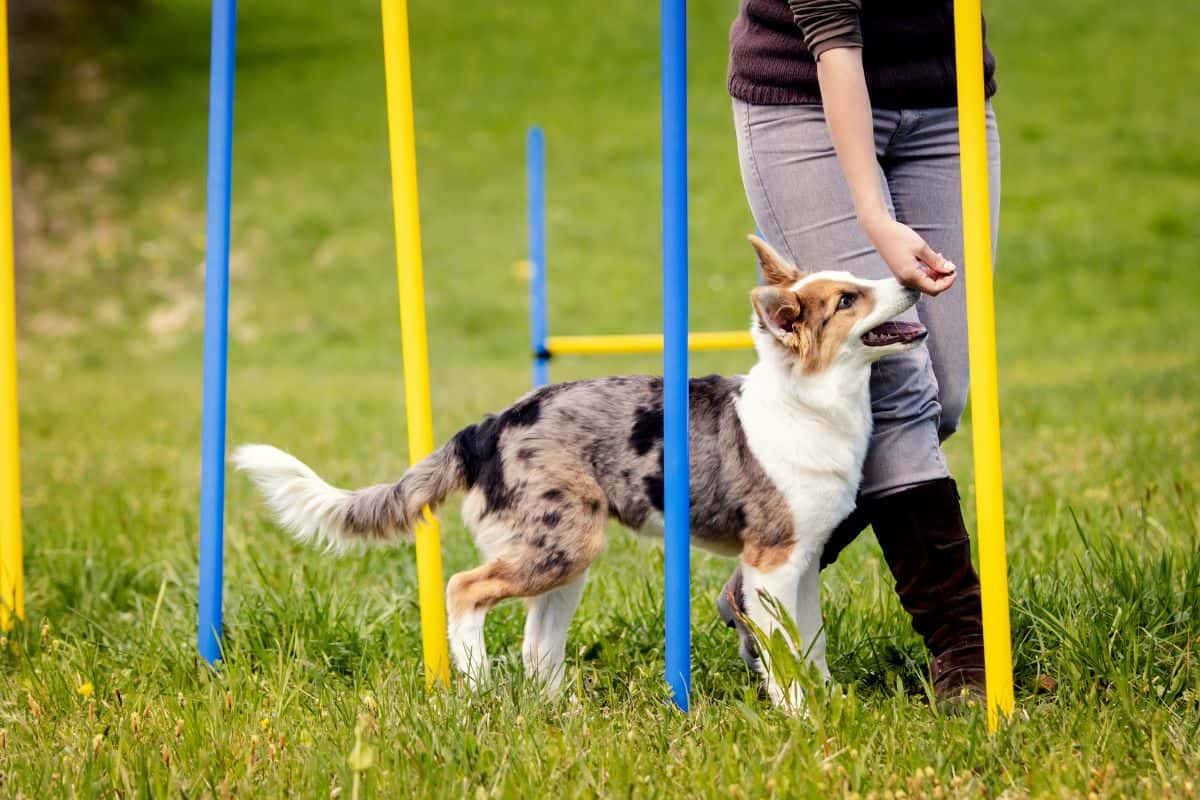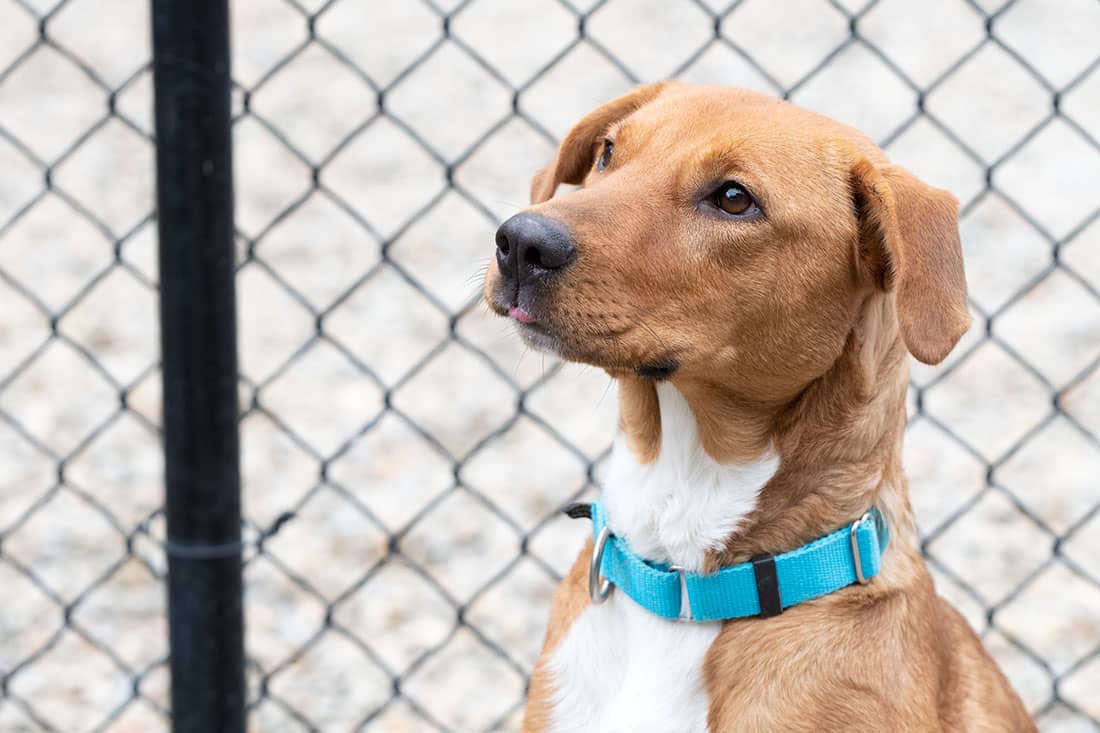How to Choose the Right Method for Successful Dog Training
Wiki Article
Essential Tips for Successful Dog Training: A Guide for Family Pet Owners
Effective canine training is a multifaceted procedure that needs a tactical strategy customized to both the pet dog's personality and the owner's objectives. Recognizing exactly how to browse these challenges can considerably boost the training experience, eventually transforming the partnership between proprietor and canine.Recognizing Dog Actions
Comprehending dog actions is vital for effective training and promoting a harmonious connection in between dogs and their proprietors. Canines connect mainly via body language, articulations, and actions, making it vital for owners to translate these signals precisely. Acknowledging a dog's pose, tail placement, and ear orientation can give insights into its psychological state. A wagging tail does not constantly indicate happiness; it can likewise signify excitement or stress and anxiety.
Socialization plays a significant role in dog behavior; direct exposure to numerous settings, individuals, and other animals can significantly impact a canine's temperament. Furthermore, variables such as type attributes and private character should guide training approaches, as some types may have specific behavior qualities that require tailored strategies. By comprehending these elements, proprietors can produce a helpful atmosphere that motivates favorable behavior, resulting in successful training end results and a deeper bond with their pet dogs.
Establishing Regular Commands
Efficient communication with your pet dog begins with developing consistent commands. This fundamental element of training is vital for fostering understanding in between you and your pet. Uniformity in the commands you use makes sure that your dog can dependably link particular words or expressions with the desired habits.When selecting commands, select clear, distinctive words that are easy to distinguish and claim from each other. Prevent making use of similar-sounding commands that may puzzle your pet dog. Using "sit" and "remain" is ideal, but "sit" and "hit" might lead to misconceptions.
Additionally, maintain the exact same tone and quantity for each and every command. Dogs are sensitive to vocal hints, so differing your tone can develop complication.
It is equally important to ensure that all member of the family are on the same web page pertaining to the commands utilized. A united front in command usage will certainly protect against combined signals and reinforce the knowing process.
Positive Support Techniques
The power of favorable support in pet training exists in its capability to encourage wanted habits through incentives and praise. This technique is based in the principle that actions complied with by positive outcomes are extra most likely to be repeated. By including positive reinforcement right into your training routine, you can efficiently shape your pet dog's behavior in a positive manner.To apply positive support, it's important to identify what encourages your canine, whether it be deals with, toys, or spoken appreciation. When your canine executes a preferred activity, such as remaining on command, right away award them with a treat or affection. This organization between the command and the favorable outcome enhances their understanding.
It's crucial to timing the benefits appropriately; delivering the support within secs of the desired habits aids your dog make the link (dog training). In addition, consistency is essential-- make certain that here are the findings all family members make use of the same commands and benefit systems to prevent complication

Progressively, you can reduce the frequency of deals with as your dog learns the habits, transitioning to applaud or recurring rewards. This technique not just cultivates a solid bond between you and your canine however additionally advertises a positive knowing atmosphere, making educating an enjoyable experience for both.
Socialization and Interaction
Regularly subjecting your pet dog to a selection of settings, individuals, and various other pets is essential for their social advancement. Socialization ought to begin early, ideally during the vital home window of 3 to 14 weeks, when young puppies are most responsive to brand-new experiences. Nevertheless, older pet dogs can additionally gain from recurring socializing efforts.Present your pet to various setups, such as parks, pet-friendly stores, and metropolitan areas. This exposure aids them adjust to different stimulations, decreasing stress and anxiety and worry reactions. Encourage positive communications with various other canines and people, guaranteeing that these encounters are controlled and safe to cultivate self-confidence.
Utilize organized playdates with courteous dogs, as this can boost your pet dog's social skills and educate them proper behavior. Obedience courses and training sessions also give exceptional opportunities for socializing, allowing your pet to connect with others in a supervised atmosphere.
Display your canine's body language during interactions, as this will certainly assist you gauge their convenience level. Slowly increase exposure to more tough circumstances while ensuring that each experience is favorable. A well-socialized dog is a lot more most likely to display well balanced behavior, making them a happiness to have in any kind of setting.
Attending To Common Training Difficulties
Every pet owner will run into training challenges at some factor, no matter of their dog's age or socialization degree. Identifying common problems such as stubbornness, disturbances, and fearfulness can assist in establishing reliable strategies for enhancement.
Progressively present diversions as the pet dog ends up being much more efficient in commands. Short, regular training sessions are likewise effective in preserving attention.
Terror can impede a canine's learning process. Progressive desensitization to the source of fear, paired with favorable reinforcement, can help alleviate anxiousness. Perseverance is vital; never force a dog into a scenario that creates distress, as this may intensify the concern.
Inevitably, understanding and attending to these common obstacles with an organized approach will certainly promote a more effective training experience, enhancing the bond in between pet dog and owner while advertising efficient learning.
Final Thought
In summary, effective canine training depends on a detailed understanding of canine behavior, this content the facility of consistent commands, and the application of favorable reinforcement methods. Socialization plays a vital role in creating well-adjusted animals, while resolving common training obstacles requires perseverance and adaptability. By carrying out these important approaches, animal proprietors can foster a strong bond with their canines and advertise desirable habits, inevitably leading to an unified partnership between people and their canine friends.Understanding pet click to read more dog actions is important for efficient training and cultivating a harmonious relationship in between pooches and their proprietors.Socialization plays a considerable duty in dog behavior; exposure to different settings, individuals, and other animals can considerably affect a pet's temperament.The power of positive reinforcement in canine training lies in its capability to motivate preferred actions through rewards and appreciation. By including positive support into your training regimen, you can successfully form your pet's actions in a positive fashion.
In recap, effective pet training counts on a comprehensive understanding of canine behavior, the establishment of consistent commands, and the application of positive reinforcement methods.
Report this wiki page